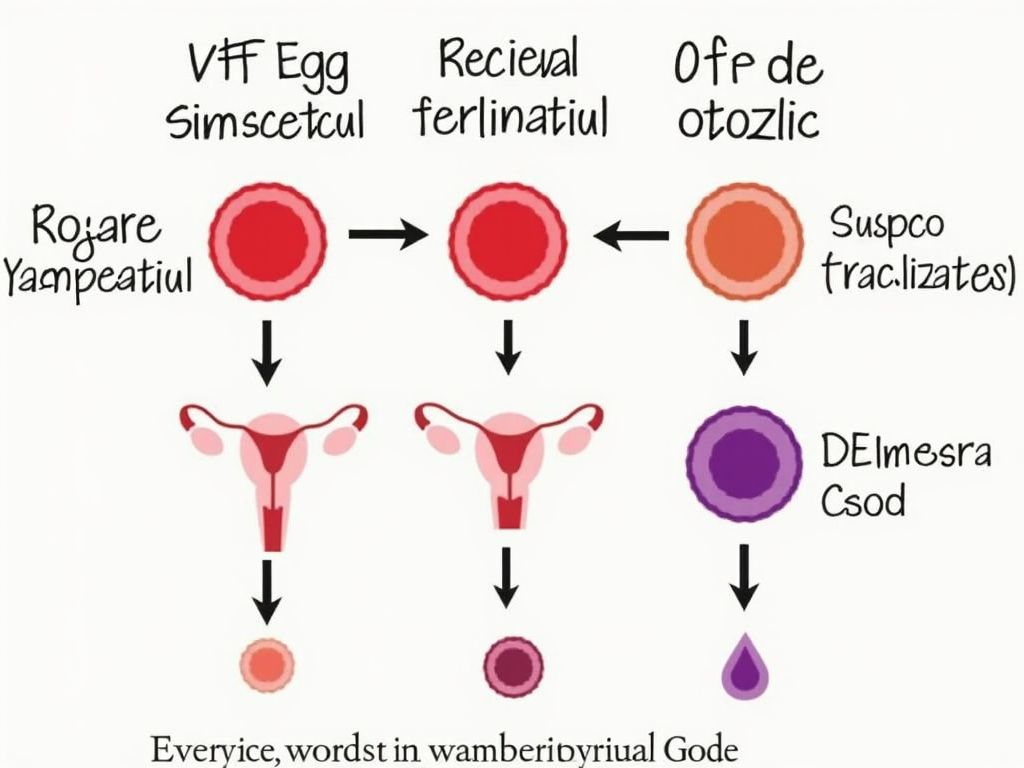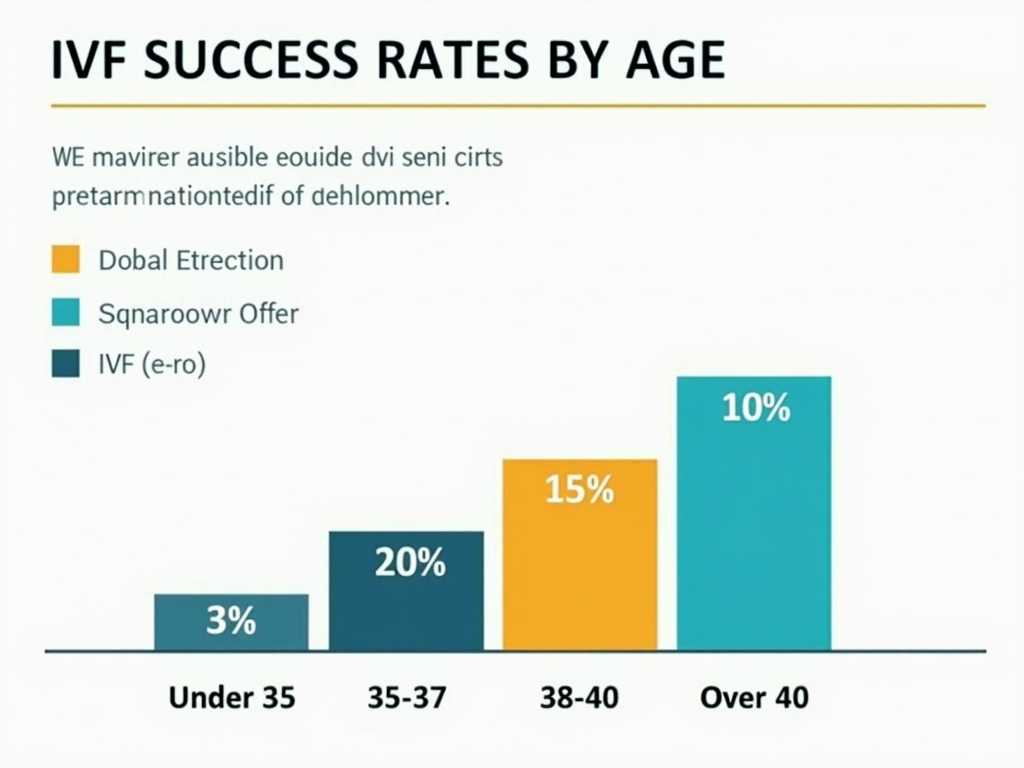A Deep Dive into IVF: What You Need to Know
April 7, 2025, 8:22 a.m.
In vitro fertilization (IVF) offers hope to millions struggling with infertility. This article explores the IVF process, who it’s for, success rates, costs, and more. Expect practical tips, personal stories, and a clear look at fertility treatments and lifestyle changes to guide you.
What is IVF?
IVF stands for in vitro fertilization. It’s a fertility treatment where doctors fertilize an egg with sperm outside the body, in a lab. Then, they place the embryo into the uterus to grow. This process helps people facing infertility have a baby. It’s a powerful option for many, but it’s not a quick fix—it takes time, effort, and care.

Who is IVF for?
IVF isn’t just for women. It helps men with male infertility, like low sperm count or poor movement, too. Couples with blocked tubes, endometriosis, or unexplained infertility often turn to it. Same-sex couples and single people also use IVF to build families. If you’ve tried to conceive for a year without luck, it might be worth exploring.
The IVF Process Step-by-Step
The IVF journey has clear steps. Here’s how it works:
- Step 1: Boosting Eggs - You take shots to help your ovaries make more eggs.
- Step 2: Egg Pickup - Doctors use a small needle to collect the eggs.
- Step 3: Fertilization - Sperm meets egg in a lab dish to form embryos.
- Step 4: Embryo Placement - Doctors place an embryo in your uterus.
Your team watches every step to give you the best shot.

Success Rates and Factors Affecting Them
How often does IVF work? It depends. For women under 35, about 30% of cycles lead to a baby. That drops as you age—around 10% for women over 40. Things like your health, the clinic, and even luck play a role. Multiple tries might be needed, so patience is key.

Costs and Financial Considerations
IVF isn’t cheap. One round can cost $12,000 to $15,000 in the U.S., plus extra for meds. Insurance might cover some, but not always. Look into grants or loans—groups like Resolve list options. Planning ahead can ease the sting.
Fertility Treatments and Lifestyle Changes
IVF is big, but small changes can help, too. Here’s what works:
| Change | Why It Helps |
|---|---|
| Healthy Weight | Balances hormones |
| Good Food | Boosts egg and sperm health |
| Light Exercise | Improves blood flow |
| Less Stress | Keeps your body ready |
Cut smoking and drinking, too. These steps support all fertility treatments.

Emotional and Psychological Aspects
IVF can feel like a wild ride. One day you’re hopeful, the next you’re stressed. That’s normal. Talking to a counselor or joining a support group can lighten the load. My friend Lisa said, “Sharing my story with others who got it saved me.” You’re not alone.

Personal Stories and Testimonials
Real voices make IVF less mysterious. Take Mark and Jen. After years of male infertility struggles, they tried IVF. “The first round failed, but the second gave us our son,” Jen shared. Their story shows grit pays off. Every journey’s unique, but hope ties them together.

Common Myths and Misconceptions
IVF gets a lot of wrong ideas. Some think it’s only for older people—not true. It helps all ages. Or that it always means twins—less common now with single embryo transfers. Facts matter, so ask your doctor and skip the rumors.
Future of IVF and Emerging Technologies
IVF keeps getting better. Tools like genetic testing pick the strongest embryos. Research into lab-grown wombs is wild but real. Staying updated—check sites like ASRM—helps you choose smartly for your future.

Wrapping Up
IVF is a big step, but it’s opened doors for so many facing infertility. From understanding the process to making lifestyle tweaks, you’ve got tools to move forward. Lean on stories, experts, and your own strength—you’re on this path for a reason.